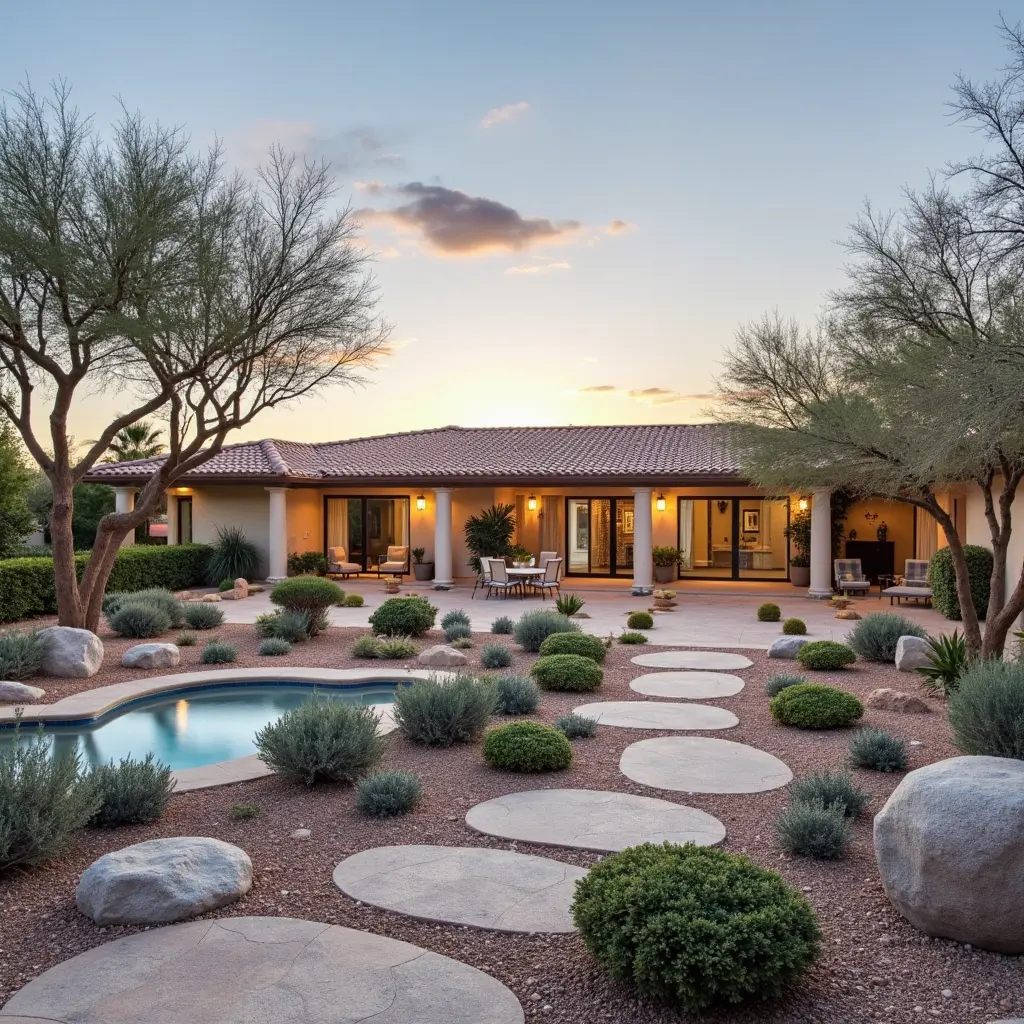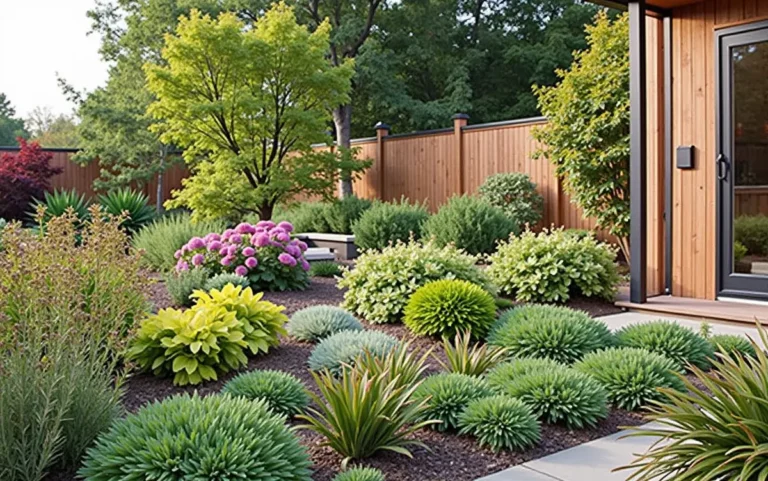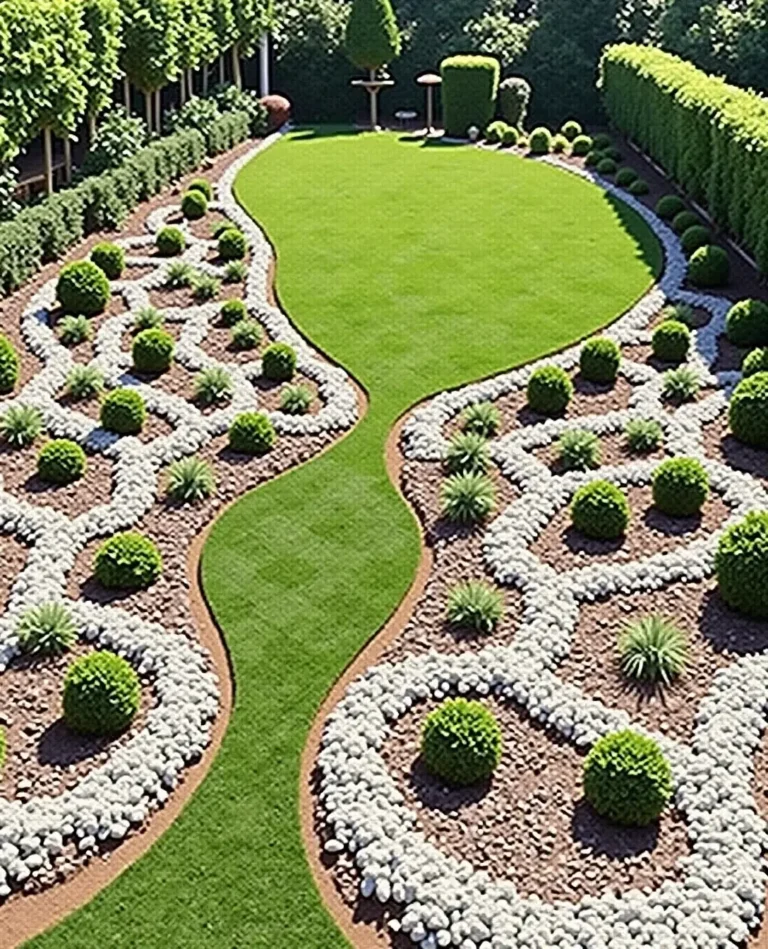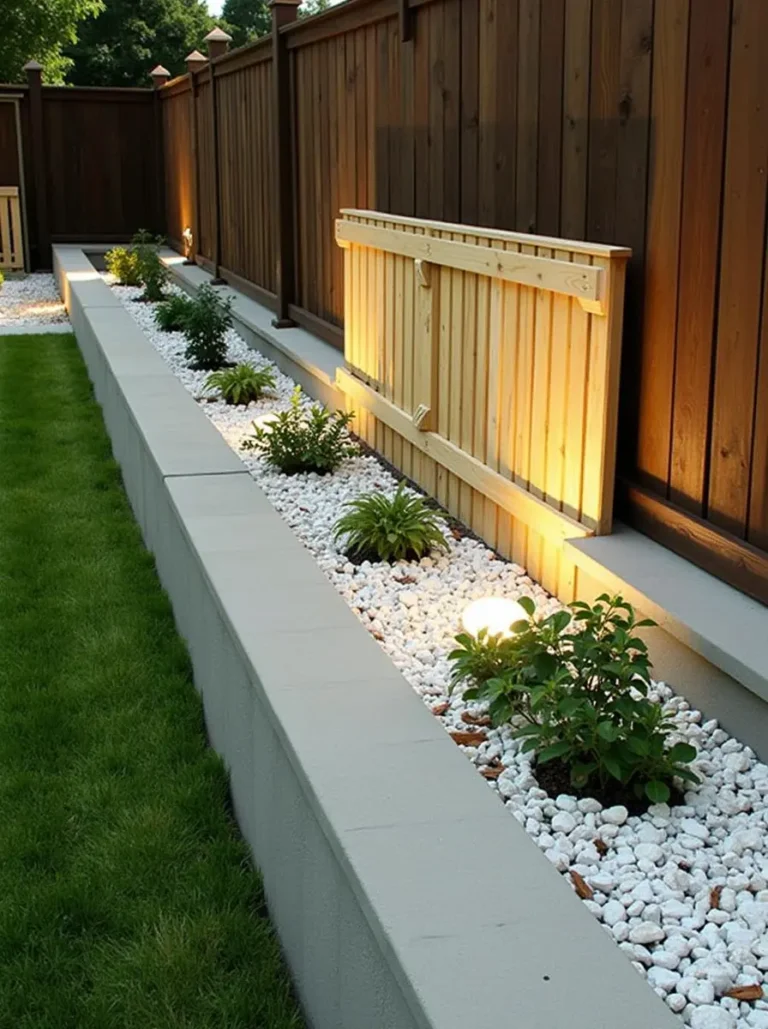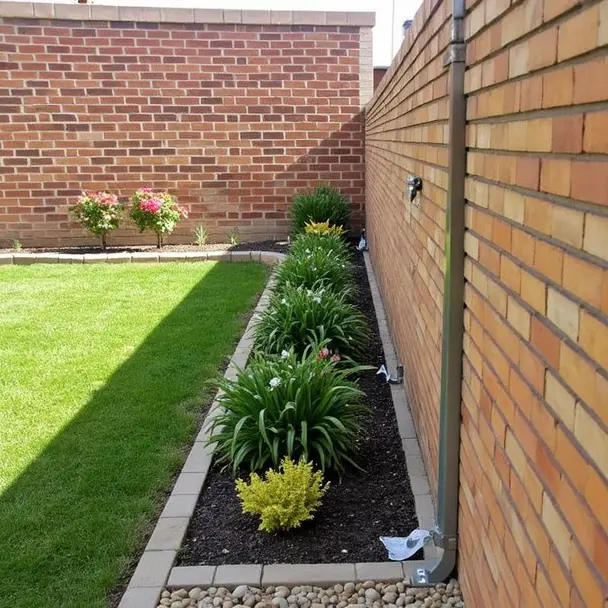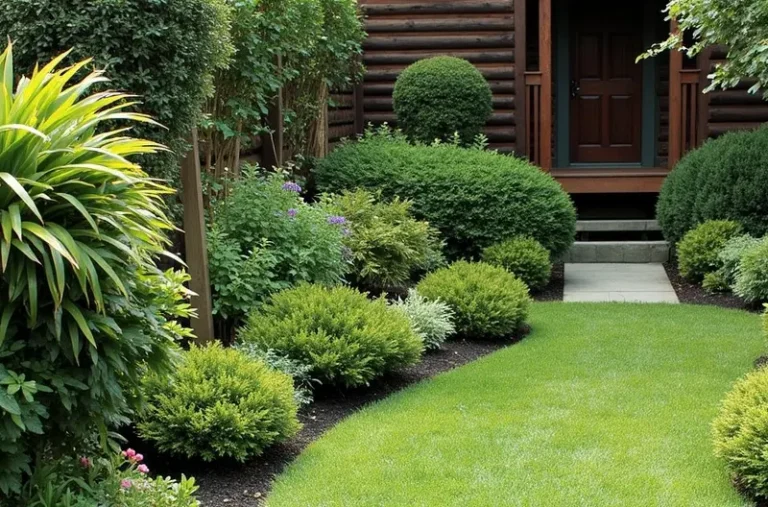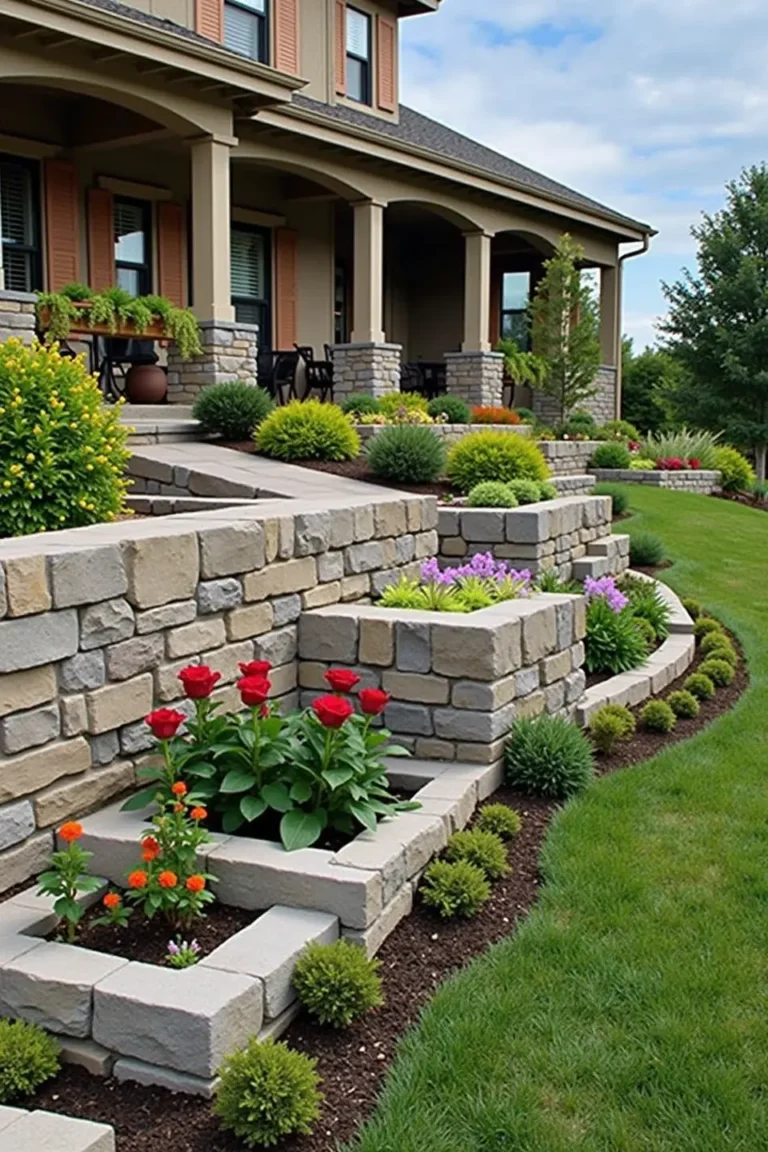Transform Your Garden with Stunning Desert Landscapes
Transform Your Garden with Stunning Desert Landscapes
Are you tired of the same old traditional garden style? Dreaming of a space that radiates warmth, color, and the unique beauty of arid terrain? If so, you’re in the right place! Let’s explore how transforming your garden into a stunning desert landscape can enrich your living space while offering a low-maintenance gardening solution.
The Allure of Desert Landscaping
Picture this: you step outside your door, and instead of a predictable array of green grass and generic shrubs, you’re greeted by the striking beauty of succulents, cacti, and vibrant desert blooms. Desert landscaping isn’t just visually appealing; it also embodies sustainability and resilience. With fewer water requirements and hardy plant species, your garden can thrive in even the harshest conditions.
Choosing the Right Plants
When beginning your desert landscaping journey, it is essential to select plants that lend themselves to the landscape’s unique aesthetic and climatic needs.
- Sedums: These succulents come in various colors and forms, thriving in dry conditions.
- Cacti: From the majestic saguaro to the charming barrel cactus, these iconic plants are a must-have for any desert-themed garden.
- Desert Wildflowers: Brighten your space with flowers like California poppy and desert marigold, which bloom beautifully and attract pollinators.
Designing Your Desert Oasis
Now that you’ve chosen your plants, it’s time to think about design. Consider incorporating elements that reflect the natural beauty of the desert.
- Rock Features: Use natural stones or boulders as focal points to add texture and create a sense of harmony with the landscape.
- Pathways: Create winding paths using gravel or mulch, inviting visitors to explore your oasis.
- Outdoor Seating Areas: Design cozy nooks with outdoor furniture, perfect for relaxing while enjoying your stunning surroundings.
Water Management in Desert Landscapes
Water management is critical when transitioning to a desert landscape. Consider the following tips:
- Drip Irrigation: Installing a drip irrigation system ensures that your plants receive water directly at the roots without wasting any.
- Rain Gardens: Design a rain garden that captures and filters rainwater, providing a natural way to hydrate your plants.
Maintaining Your Desert Garden
One of the best aspects of desert gardens is their low maintenance needs. However, some care is still necessary:
- Pruning: Keep your plants healthy by pruning as needed, encouraging more vibrant growth.
- Weed Control: Maintain a weed-free environment to ensure your plants have the nutrients they need to thrive.
Conclusion
Transforming your garden into a stunning desert landscape not only enhances your outdoor space’s aesthetic appeal but also promotes sustainability and ease of maintenance. With the right plants, thoughtful design, and effective water management, you can create a breathtaking oasis that thrives in arid conditions. So why wait? Embrace the beauty of the desert today and enjoy the vibrant, unique garden of your dreams!
FAQs About Desert Landscaping
1. What are the advantages of desert landscaping?
Desert landscaping reduces water usage, requires less maintenance, and provides a unique aesthetic that showcases the beauty of drought-tolerant plants.
2. Can I incorporate non-native plants into my desert landscape?
While you can include non-native plants, be mindful of their water needs and potential invasiveness. Opting for native plants is usually a safer choice.
3. How often should I water my desert plants?
Most desert plants thrive on minimal water. Generally, watering once every few weeks is sufficient, depending on rainfall and humidity.
4. Are desert gardens suitable for my climate?
Desert landscapes work best in arid or semi-arid climates. However, many drought-tolerant plants can thrive in a variety of conditions.
5. What can I do if I live in a colder climate?
If you are in a colder climate, consider using cold-hardy succulents and cacti, or create a microclimate with protective structures.
“
